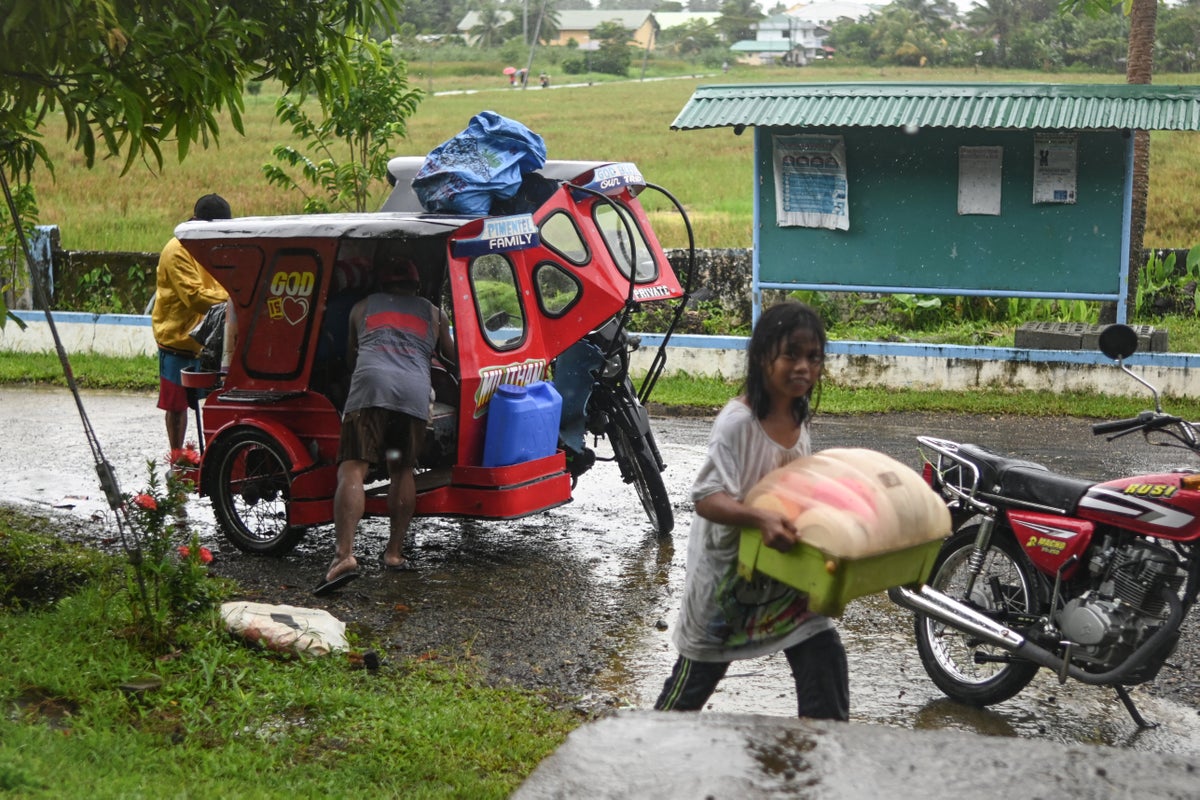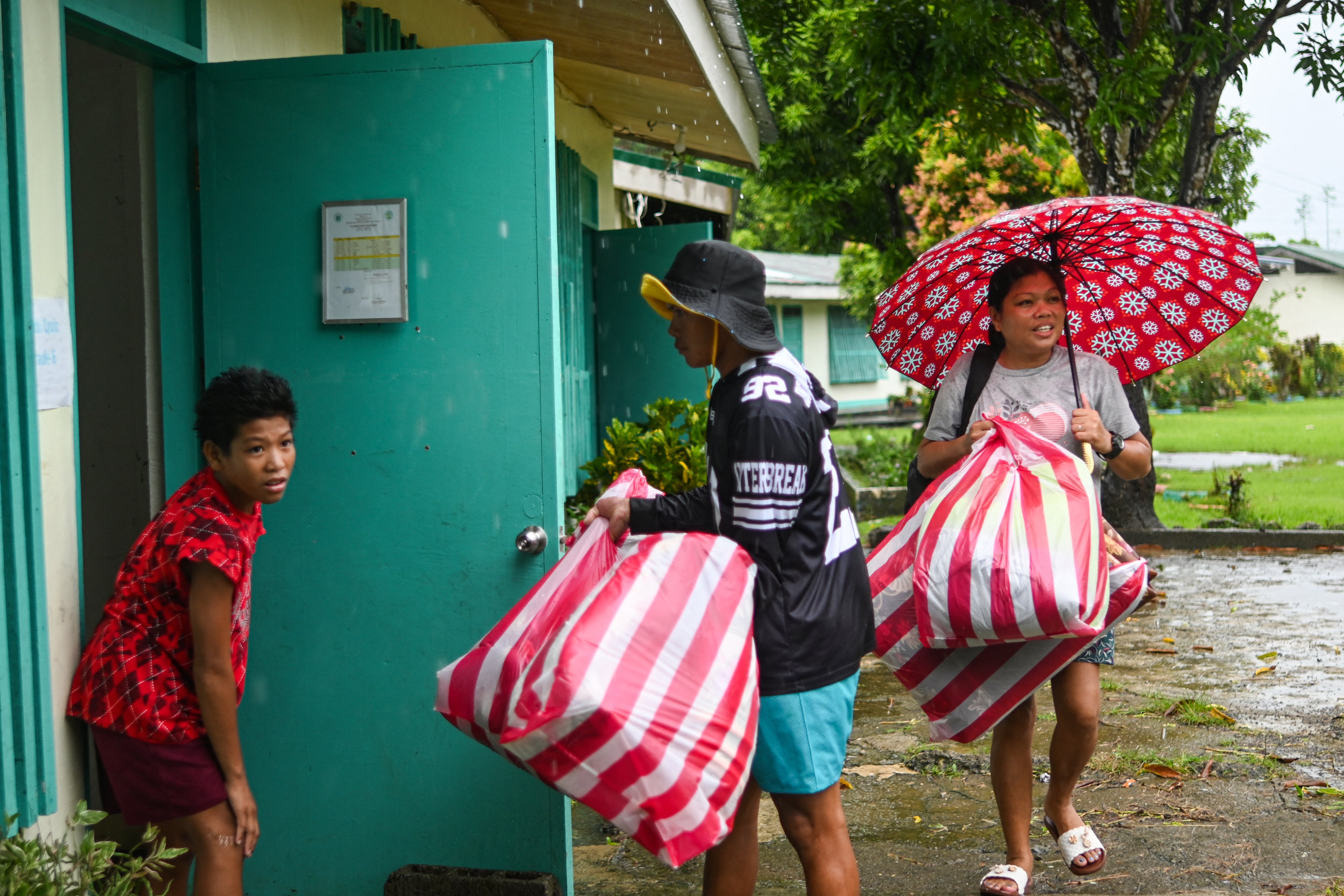
More than 150,000 people have been evacuated across the eastern provinces of the Philippines as Typhoon Kalmaegi, locally named Tino, approaches from the Pacific. Authorities have issued warnings for torrential rains, potentially destructive winds, and storm surges reaching up to three metres (nearly 10 feet).
The typhoon is forecast to make landfall late Monday or early Tuesday. It was last located approximately 95 kilometres (59 miles) southeast of Guiuan town in Eastern Samar province, packing sustained winds of up to 140 kilometres (87 miles) per hour and gusts of up to 170 kph (106 mph).
Kalmaegi is expected to track westward, threatening central island provinces, including Cebu. The region is still recovering from a 6.9-magnitude earthquake on 30 September, which killed at least 79 and displaced thousands whose homes were destroyed or severely damaged. The Office of Civil Defence confirmed that displaced residents in flimsy tents would be moved to sturdier shelters.
Authorities in Philippines urged calm after panic gripped citizens over the “looming” possibility of another massive quake.

In October alone, strong earthquakes rattled several parts of the Philippines, damaging buildings, cutting power, and injuring dozens of people. A magnitude 7.4 earthquake that struck off the Davao Oriental municipality in early October sent residents rushing into the streets and triggered minor landslides, power outages and structural cracks in homes and public buildings.
Now, the likelihood of a “big one” quake has gripped the nation, even though officials at the Philippine Institute of Volcanology and Seismology said there was no cause for panic.
Classes were suspended for the remainder of October in the Laguna province in light of “looming earthquakes”, according to governor Sol Aragones, reported the South China Morning Post. He later clarified that the time off would be used to “inspect the structural integrity of school buildings”.
On central Negros island, villagers have been warned of potential volcanic mudflows from Kanlaon volcano due to heavy rains, according to the Philippine Institute of Volcanology and Seismology. The volcano has been emitting plumes of ash and steam in recent months.
Kalmaegi is forecast to strengthen further over the Philippine Sea before its possible landfall in Guiuan or nearby municipalities.
Typhoon Haiyan, one of the most powerful tropical cyclones on record, slammed ashore into Guiuan in November 2013 and raked across the central Philippines, leaving more than 7,300 people dead or missing, flattening entire villages and sweeping scores of ships inland. Haiyan demolished about a million houses and displaced more than 4 million people in one of the country's poorest regions.

"Nobody's complaining among the residents because of their experience with Yolanda. They know it's better to be safe than sorry," Eastern Samar Gov. RV Evardone told The Associated Press, referring to Haiyan's Philippine name.
Nearly 156,000 people had been evacuated by nightfall in eastern and southern provinces, including in Dinagat Islands province south of Eastern Samar, Office of Civil Defense Administrator Bernardo Rafaelito Alejandro IV said. Disaster response agencies, including coast guard search and rescue units, have been put on alert.
Inter-island ferries and fishing boats were prohibited from venturing into increasingly rough seas, stranding more than 3,500 passengers and cargo truck drivers in nearly 100 seaports, the coast guard said. A number of domestic flights were cancelled.The Philippines is battered by about 20 typhoons and storms each year. It is often hit by earthquakes and has more than a dozen active volcanoes, making it one of the world's most disaster-prone countries.







